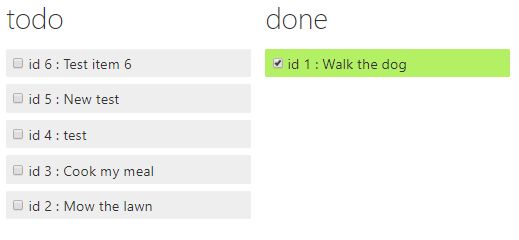Is it possible to reverse the order in which the items are displayed in svelte's {#each ...} block?
I want this for an array of object, sorted by id, where the oldest entry comes first. And I want to display the newest entry first.
Edit: To illustrate what happens when using the .reverse() solution, here the 'before' and 'after' transition screens:


